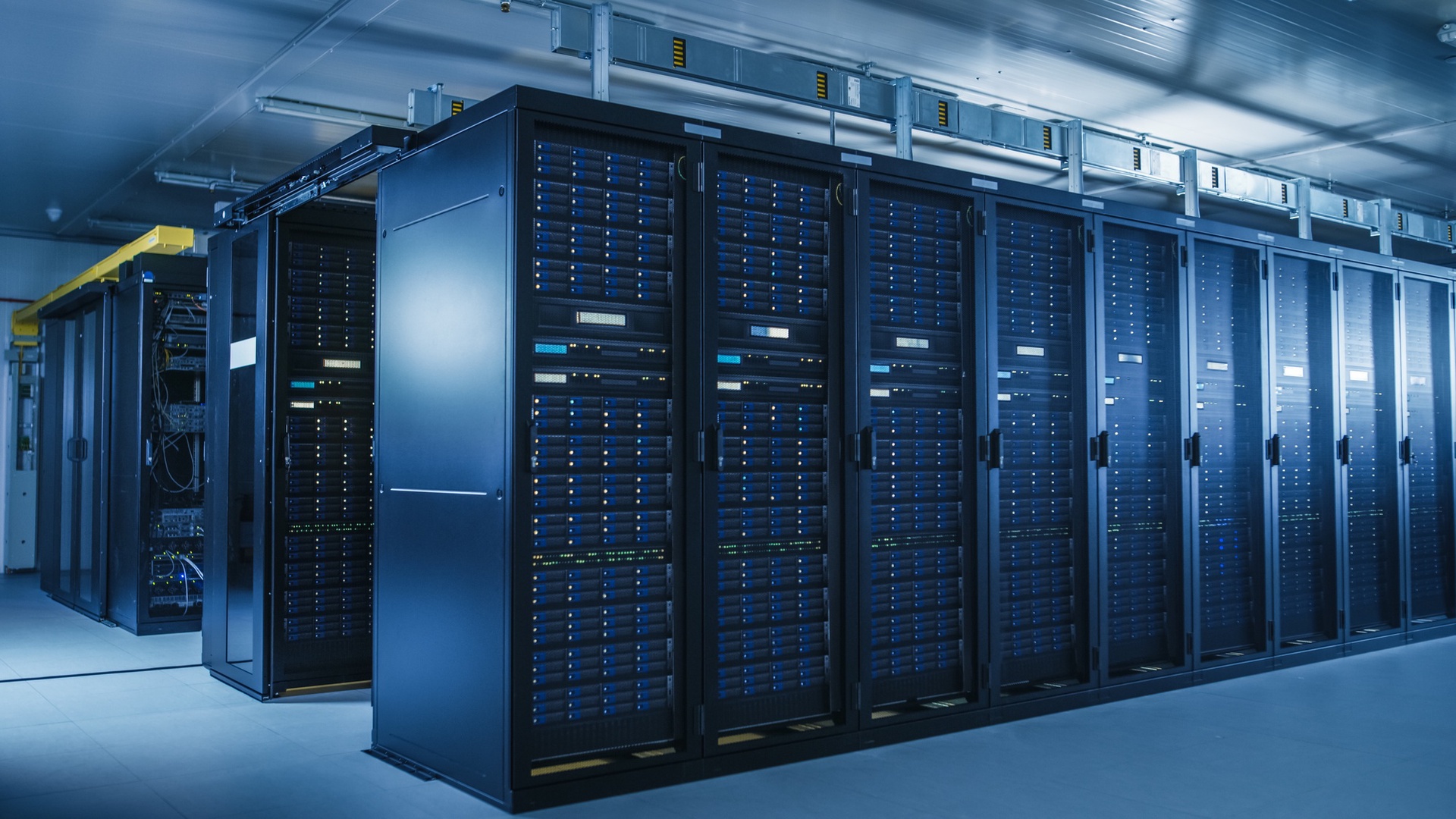

The ongoing AI boom is reshaping industries across the globe, and one sector that stands to benefit significantly is the precious metals market. As the demand for AI technologies continues to skyrocket, the need for precious metals like gold, silver, platinum, and copper is expected to rise, driven by their essential roles in powering the AI revolution. The integration of AI in various sectors indirectly feeds the demand for these metals, with several key factors playing a significant role.
AI-powered devices, from the advanced computing systems behind artificial intelligence to the energy-efficient electronics supporting these technologies, rely heavily on metals with excellent conductive properties. Gold, silver, platinum, and copper are all integral to these technologies because they conduct electricity more efficiently than many other materials. Gold, for instance, is widely used in semiconductors, microchips, and circuit boards due to its superior conductivity and resistance to corrosion. As AI technologies, such as machine learning models, deep learning systems, and AI hardware like GPUs, become more sophisticated and widespread, the demand for gold is likely to increase. Copper, often used in wiring and electrical systems, is also primed for increased demand as AI infrastructure grows. With the rapid pace of AI adoption, especially with the expansion of data centers and cloud computing, more copper will be required for energy-efficient systems. Platinum and silver are used in various components of AI-driven devices such as sensors, automotive technologies, and medical equipment. As industries evolve to incorporate AI into everything from smart homes to autonomous vehicles, the demand for these precious metals is poised to rise as well.
In addition to direct demand for precious metals in technology, AI is transforming the mining sector by improving exploration efficiency, resource extraction, and supply chain management. AI-powered tools are allowing mining companies to better forecast the locations of precious metal deposits, significantly reducing the time and cost associated with exploration. As AI-driven applications continue to drive global demand for these metals, mining companies are leveraging AI to ensure a steady supply of gold, silver, and platinum, positioning themselves to meet the rising needs of various industries. These technological advances are making the process of finding and extracting precious metals more efficient, thus helping to keep pace with the growing demand.
AI is also changing how precious metals are traded. AI platforms like Zeta Cognitive AI Copilot allow traders to access real-time market insights, risk analysis, and price forecasting. These AI-powered tools make it possible to analyze vast datasets at speeds far beyond human capability. As more traders and investors adopt AI-driven platforms, market transparency increases, which in turn fosters greater confidence in the precious metals market. With AI-driven forecasting and supply-demand analysis, more investors are likely to turn to precious metals as a stable investment, further fueling their demand. AI’s ability to spot market trends and predict price movements could make precious metals trading more attractive to investors, adding to the overall demand for these assets.
Authentication is another area where AI is having a significant impact on the precious metals industry. AI-powered authentication systems help verify the authenticity of precious metal assets, which enhances consumer confidence in their investments. This boost in confidence is likely to drive increased demand for physical precious metals as consumers feel more secure in their purchases. The use of AI in authentication ensures that precious metals are genuine, addressing one of the most significant challenges in the market and enabling smoother transactions for investors. As AI technology continues to evolve, we can expect more advancements in securing precious metal assets, creating an environment of trust that will further increase demand.
The AI revolution is also influencing geopolitical dynamics and global trade. As AI becomes a critical part of various industries, nations are investing in securing resources, including precious metals, to support their AI development. This could lead governments to stockpile metals like gold and silver, increasing their demand. Furthermore, AI-powered technologies are contributing to the rise of electric vehicles and renewable energy systems, both of which require metals like platinum for fuel cells and silver for photovoltaic systems. As these industries grow, the demand for precious metals will likely increase in tandem. Governments and industries alike will seek to secure precious metal reserves, further feeding the overall demand for these resources.
In conclusion, the AI boom is not just a technological revolution; it is a powerful catalyst for growth in the precious metals sector. As AI technologies continue to evolve and become more integrated into everyday life, the demand for gold, silver, platinum, and copper will only increase. From direct consumption in electronic devices and infrastructure to market-driven factors like trading and authentication, the AI revolution is positioning these critical metals to become even more valuable. As a result, the future of the precious metals market is closely tied to the ongoing advancements in AI technology.